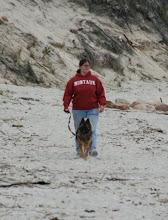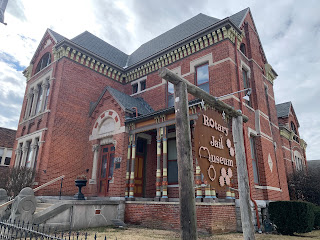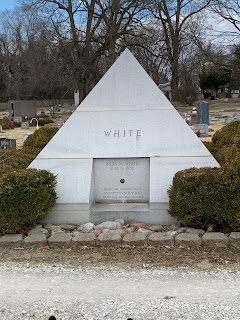It had been awhile since we hit the road and took a drive so it felt nice this weekend to get up at 4am and put the finishing touches on house chores and loading the car.
The real reason for the trip was an overnight investigation at the Haunted Indiana State Sanatorium in Rockville, Indiana. I will have a blog about that later once we go through the 90 plus hours of audio recording, 40 plus hours of video recording, and over 900 photos.
We left from Nashville on I-65 heading towards Louisville and made good time as traffic moved well through Tennessee and Kentucky. In Louisville we jumped off I-65 quick to drive through downtown and avoid the toll bridge because tolls are silly.
A few hours later of smooth sailing with the exception of Indianapolis and the highway being closed due to construction we made it to our first stop in Crawfordsville, Indiana.
The rotary jail was a strange phase in jail building in the midwest where the cells actually rotate to the opening rather than having individual doors that open. The design came from architect William Brown and was built by an iron foundry company in Indianapolis, Indiana. Brown explained in the patent:
"The object of our inventions is to produce a jail in which prisoners can be controlled without the necessity of personal contact between them and the jailer or guard... it consists, first, of a circular cell structure of considerable size divided into several cells capable of being rotated, surrounded by a grating in close proximity thereto, which has only such number opening as is necessary for the convenient handling of prisoners."
The design was not a success and many of the jails were very quickly retrofitted with doors and the rotating mechanism was disabled. The exception to this was the rotating jail in Council Bluffs, Iowa which we stumbled across during a previous road trip. This rotating jail was the last to close in the 1960s. As of now only four are still standing though none are jails. Most have been turned into museums like this one in Indiana. In fact this is the only one where the rotary mechanism still functions.
Our next location was a spot I had saved ever since our massive amount of road trips in 2020 (Drive the 48)
The ball is the work of Mike Carmichael and his family. On January 1, 1977 Mike and his son put the first layer of paint on a baseball. His wife would also join in putting coats of paint on the baseball. They would paint it multiple times when it was small. Today it hangs from a suspension system in a specially built barn beside their house. Meg and I got to add layer 27,765. Mike had it primed and when we pulled up. We chose a nice light blue color and for a period of time we were World Record holders. As we painted the ball he told us about the history of the ball, the fact that this wasn't his first ball of paint, and how the barn was built for the over 8,000 pound ball.
If you would like to visit the Largest Ball of Paint check out Mike's website Largest Ball of Paint
Next was a mad dash down several dirt roads as we made our way to to Terre Haute, Indiana. That was where we were spending the night but also it was Ash Wednesday and I had found a Catholic Church there and the goal was to arrive in time for 6pm mass.
The first stop we made in the cemetery was the mausoleum of M.A. and S.C Sheets. As the urban legend goes Martin Alonzo Sheets had a fear of being buried alive and so had a telephone installed in his mausoleum. He also was buried with a bottle of whiskey so that if he woke up he could call a taxi and have a drink while he waited. Of course there are stories of phantom phone rings and when Susan passed away in 1929 it is said that she was found at home clutching her telephone.
Then we stopped in Mitchell, Indiana the birthplace of Astronaut Gus Grissom. Grissom took part in the Mercury, Gemini, and Apollo programs. In 1961 he became the second American to fly into space twice. I read that Gus Grissom was nearly disqualified from the exclusive NASA program due to Hay Fever however after arguing that it would not be an issue due to the lack of ragweed pollen in space he was allowed to continue. He passed away January 27, 1967 during a pre-launch for Apollo One along with Ed White and Roger Chaffey due to a fire started by faulty wiring. There are several memorials to Grissom and we stopped at one that was a recreation of a rocket. Around the base was a description of Grissom's life and accomplishments including his early life in Indiana, military service, and participation in the early space programs.















No comments:
Post a Comment